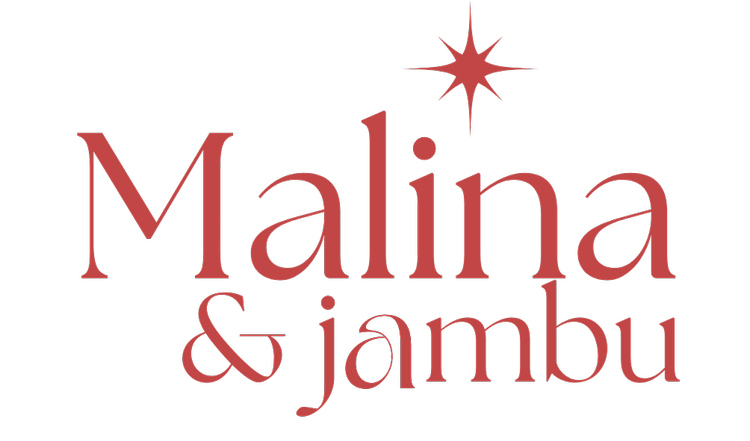By mapping the hyperlinking behavior of climate change stakeholders across the web in 1998, a study in the Journal of the Public Understanding of Science has given us historical insight into the beginnings of the climate change debate. Situating itself in the late twentieth century, the study contextualizes the debate in the age of the Internet’s maturation, where access to public opinion was no longer limited to the approval of editors and investors; leading to “a new web pluralism”. However, the study also highlights a major issue with this system: involved parties can use the internet to post their opinions and request information from others, but many engage only in discussions which adhere to their pre-existing beliefs or their political agendas, which the authors of the study dub the “neo-pluralism” of the web. The authors also criticize the limitations of search engines in filtering relevant URLs according to credibility, worsening the effect of neo-pluralism. In pluralistic use of the web, organizations began to yield a new type of power in the online realm; By choosing to hyperlink (or by choosing not to), organizations can decide who they want to acknowledge and recognize as valuable players in various debates, and who they want to delegitimize through active exclusion. Thus, the study examined the presence — or absence — of hyperlinks that different organizations used to steer visitors in the direction of similar or alternate viewpoints in the discussion on climate change.
The study found three distinct overarching hyperlinking behaviors, which correlate to their domains: .org sites belonged primarily to NGOs including Greenpeace, .com sites belonged primarily to corporations including Ford and Mobil, and .gov sites belonged to government-linked organizations including the IPCC. Anomalies to these hyperlinking behaviors were called “delegates”. In order to determine which organizations to include, “central players” were chosen from each of these three groups, and in order for other actors to be considered in the study, a central player must have hyperlinked to its website. The three central players that were chosen were Shell, Friends of the Earth, and the UNFCC.
The study found that .org actors had the densest network of “interlinkings”, or links to websites of the same type (in this case, those of other NGOs). “Extralinks” to leading governmental organizations were also present, but extralinks to .com actors were rarely found on .org sites. It was noted that most organizations which crosslinked often were also on the receiving end of a high number of hyperlinks from other websites, with the exception of Greenpeace, which rarely had hyperlinks external websites. The study called this behavior one of “privileged self-sufficiency”. On the other hand, .com actors showed almost complete abstinence from interlinks. These organizations did, however, engage in external linking, but to a lesser extent than did .org actors. Almost oppositely, .gov actors linked much more to internal actors than they did to external ones, affirming the view that governmental organizations form a single operating body, without acknowledging other stakeholders in the discourse. Two all-round linkers were also identified by the study: Friends of the Earth, a grassroots NGO from the UK, and British Petroleum, a multinational gas and oil corporation.
Three other outlier “delegates” were identified by the study. The first, the Global Climate Coalition, a corporate lobby group, linked exclusively to its governmental opponents. The second, Shell, linked also to external opponents, including Greenpeace and other NGOs. In light of this fact, the study points out that Shell was one of the first multinationals to hire an Internet manager, who was also an advocate for open dialogue. The third was the UN-affiliated Global Environmental Info Center, linked to the groups who they were committed to supporting, namely, NGOs and GOs, thus deviating from the usual .gov behavior.
The study concludes by stating how its findings are significant; by learning the “debate-mapping logic”, it argues, organizations may enter and make themself relevant in the online debate on climate change. Actors should request linkage from a leading participant to the debate, an action which poses low barriers to entry, and practice reciprocal “hyperlink diplomacy” by doing the same for others. In this way, groups and individuals may therefore better contribute to a more accurate and pluralistic representation of the state of climate change.
SOURCE STUDY: Rogers, R., Marres, N. 2000. Landscaping climate change: a mapping technique for understanding science and technology debates on the World Wide Web. Public Understanding of Science, 9, 141-163.
